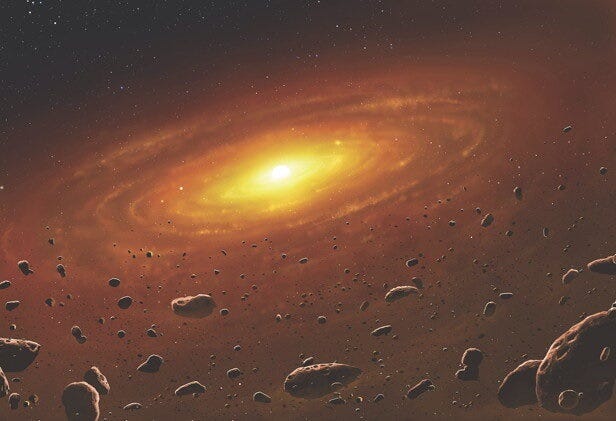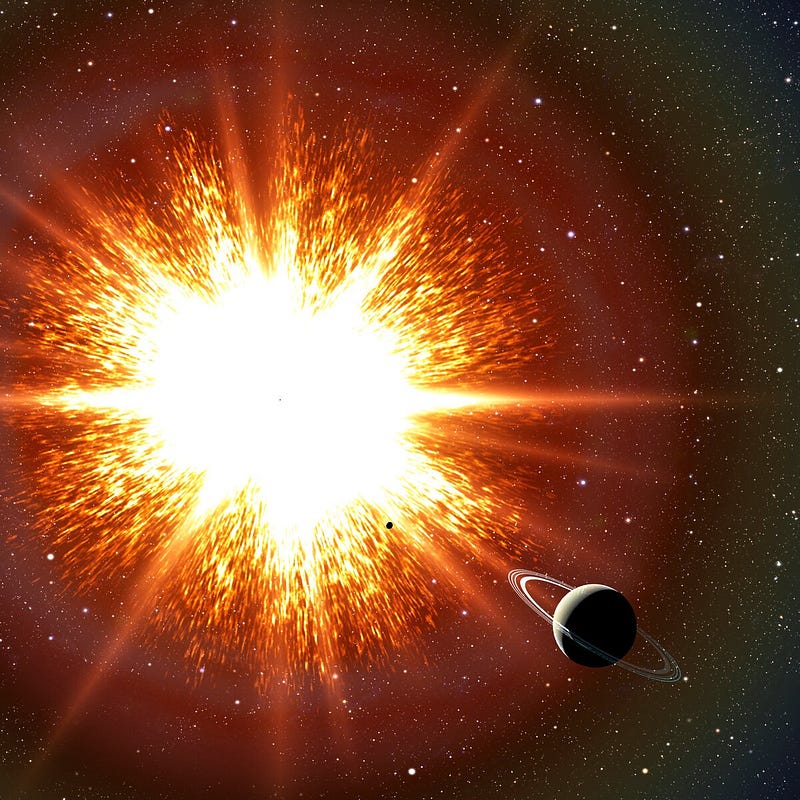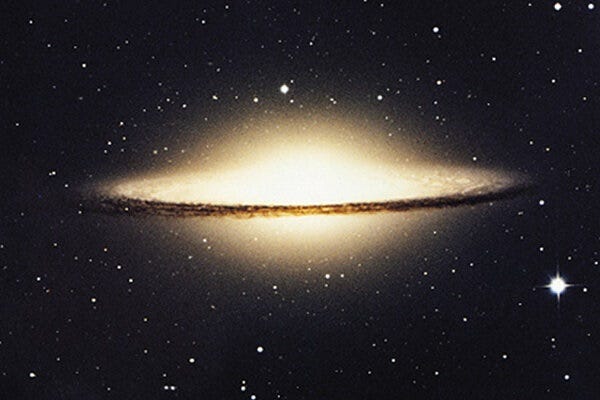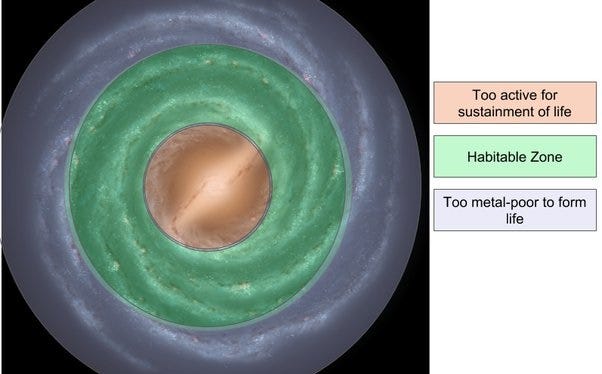Exploring the Galactic Habitable Zones for Life in the Universe
Written on
Chapter 1: Understanding Galactic Habitable Zones
Recently, a reader posed an intriguing question:
"Is it true that our solar system is situated in the most optimal area within the galaxy for life? Are there other similar regions in our galaxy, or is ours one-of-a-kind?"
In the field of astrobiology, the concept of the galactic habitable zone is essential. This zone refers to regions within the galaxy where conditions are most favorable for the emergence and sustainable development of life. However, it is important to note that life can also exist beyond this zone under fortunate circumstances.
The boundaries of the galactic habitable zone are influenced by two main factors: the chemical makeup of the area and its proximity to other stars and the galactic center. For Earth-like planets to form and support life, there must be an adequate concentration of essential elements such as iron, carbon, uranium, and others in the interstellar cloud from which the planetary system develops.

This optimal concentration of necessary elements remains largely uncertain in the scientific community. Nonetheless, it is evident that insufficient amounts will lead to the formation of inhospitable, smaller planets. On the other hand, an excess of these elements can result in the creation of gas giants, which may force smaller planets out of the habitable zone. Consequently, scientists estimate that the habitable zone of the Milky Way extends from approximately 12,000 light-years to about 32,000 light-years from the galactic core.

Another crucial aspect affecting the likelihood of life developing in a particular area is the star density within that region. Higher star densities can lead to frequent supernovae, which may annihilate nascent life and render entire areas sterile.

The galactic bulge, located near the center of the galaxy, has such a high star density that it makes the existence of life there impossible. While the galactic arms present increased risks, they still offer a sliver of hope for the emergence of life.

Thus, the habitable zone does not have strict boundaries. It is generally considered to be a ring about 20,000 light-years wide and nearly 1,000 light-years thick, containing billions of stars. Within our galaxy, the Milky Way, there are numerous locations where life could potentially thrive. While life may exist outside this rough habitable zone, the likelihood of its emergence in such areas is significantly diminished.
In the video titled What If the Galactic Habitable Zone LIMITS Intelligent Life?, we delve into the implications of these zones on intelligent life development and the potential limitations they impose.
The second video, The Fermi Paradox: Galactic Habitable Zones, explores the Fermi Paradox in relation to the distribution of habitable zones and the search for extraterrestrial life.
If you wish to see more articles about space in your feed, feel free to clap!
Don’t forget to subscribe to our channel and submit your questions, which I will address in upcoming articles.
If you enjoy my content, consider supporting me by becoming a Medium member for just $5 a month, which will help us produce even better material.